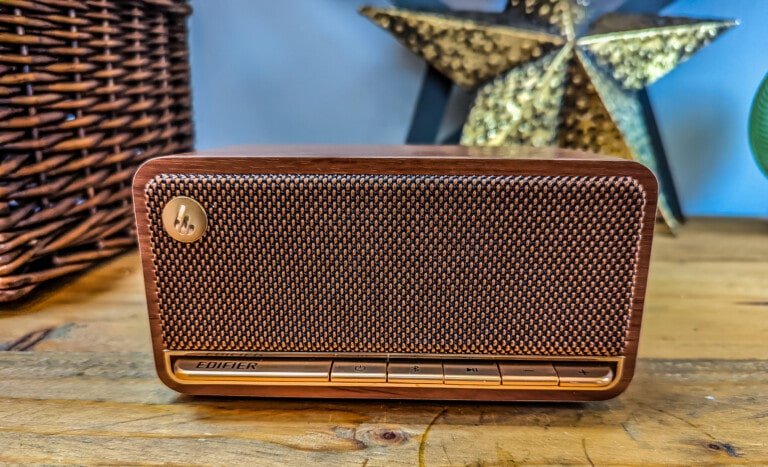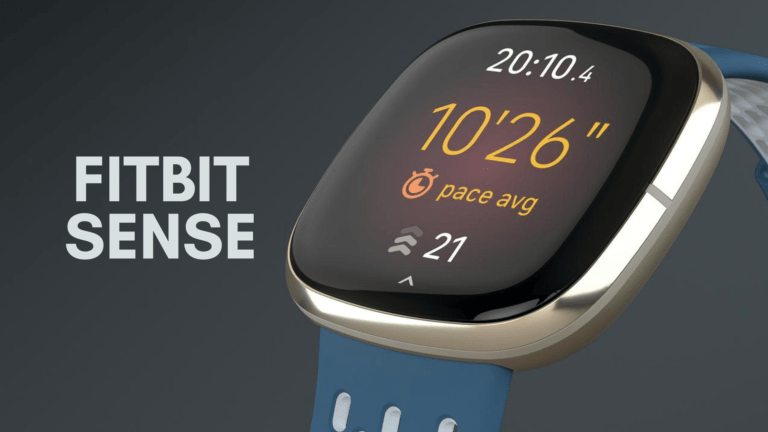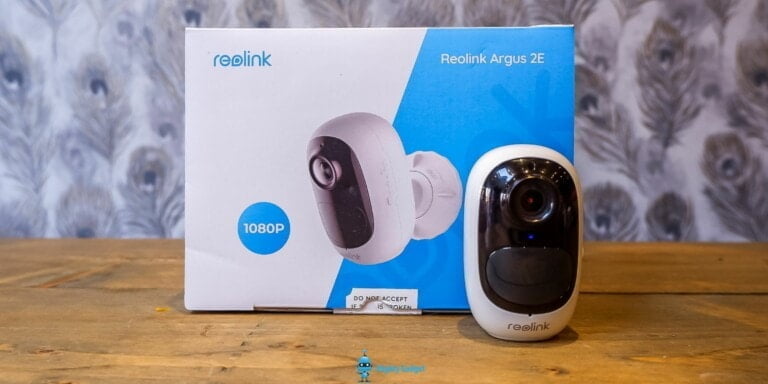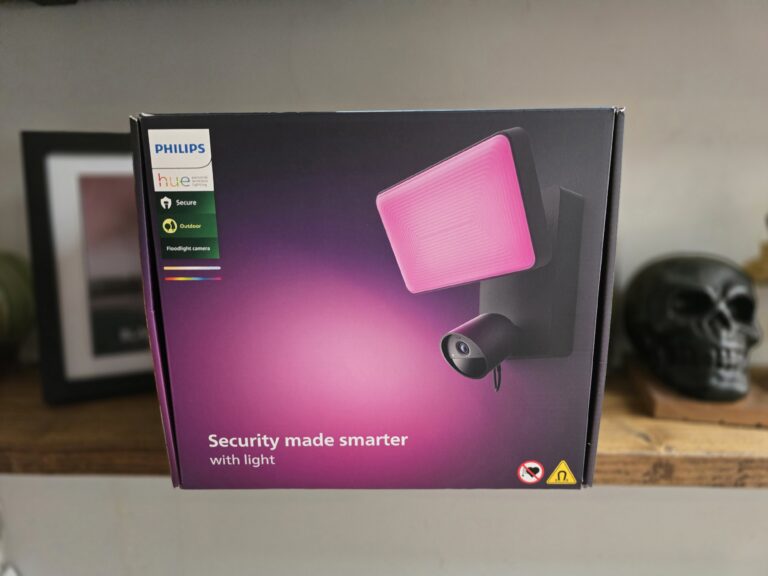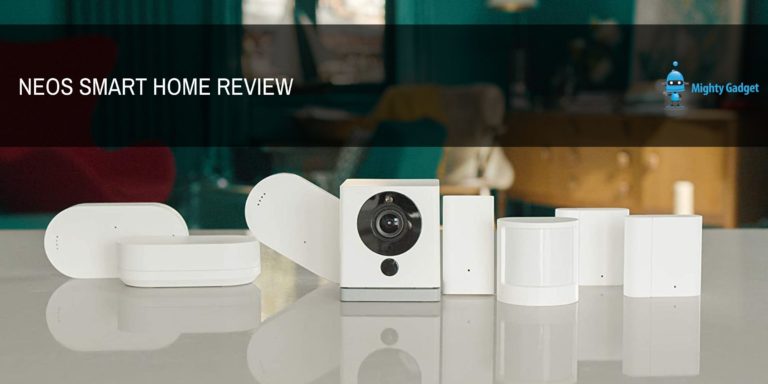Any links to online stores should be assumed to be affiliates. The company or PR agency provides all or most review samples. They have no control over my content, and I provide my honest opinion.
o, have you felt some of your favorite music or favourite movies are not as wonderful as they are supposed to be? Maybe it’s like the sounds are not entirely enveloping you and you feel slightly detached.
This common problem may also have an antidote coming soon with the new spatial audio technology in 2024. This new paradigm in sound reproduction is revolutionising how audio signals are played to our ears – each note and effect appearing to come from the surrounding atmosphere.
Spatial audio is a technology that is used to make an illusion of an aural scene just like it actually is, by giving you the whole 360 area view. That is not just evolution but revolution in the way listening and consumptions of content and information will be done. From listening to a favorite song to trying Paysafe casinos not on GamStop, sound will alter the way you perceive entertainment.
Thus, in the context of today’s article, it will be discussed in what ways this technology redefines music creation, concerts, video games and mixed reality. Prepared for sound that surround you? Keep reading!
Understanding Spatial Audio
Spatial audio creates a three-dimensional sound experience. It allows listeners to perceive sounds coming from different directions, just like in real life.
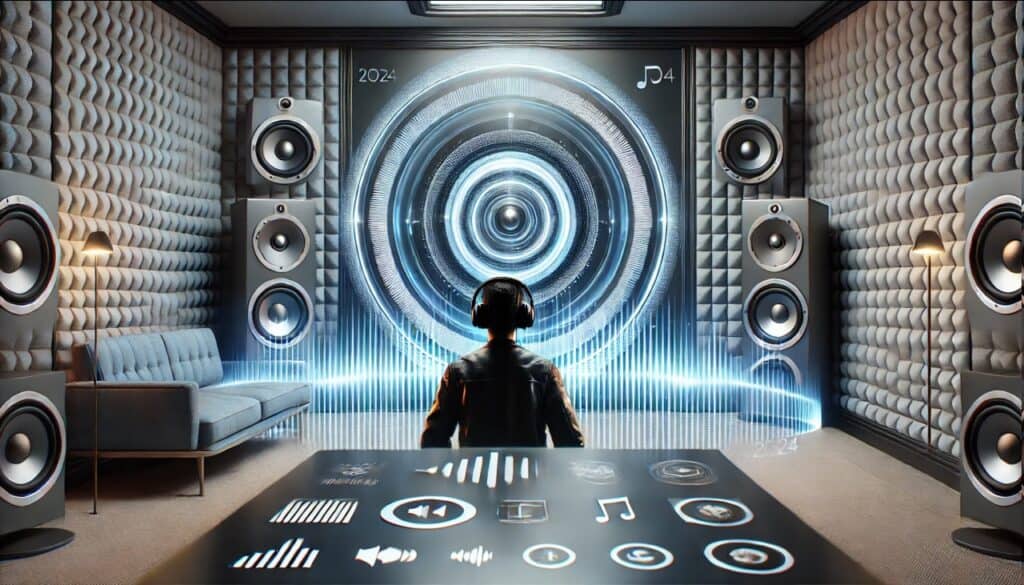
What is spatial audio?
Spatial audio creates an immersive sound experience. It places sounds in a three-dimensional space around the listener. This technology uses advanced techniques like sound localisation and crosstalk cancellation to deliver clear audio from multiple directions.
Users feel as though they are surrounded by music or effects, enhancing their auditory experiences.
Different formats, like surround sound and 3D audio, contribute to this effect. Artists rely on these creative tools during production to shape emotional responses. As music evolves, so does the demand for more engaging listening environments.
Spatial audio has the potential to redefine how we enjoy entertainment across various platforms and devices, including mixed reality headsets and virtual reality systems.
How does it work?
Spatial audio technology creates a three-dimensional sound experience. It uses advanced algorithms and soundscapes to deliver audio from all directions. Listeners feel as if sounds come from above, below, or around them.
This immersive effect changes how we engage with music.
With the rise of Bluetooth technology and mixed reality headsets, spatial audio can now enhance various platforms. Audio engineers use techniques like 3D rendering to position sounds accurately in space.
Musicians and producers can reshape tracks for better listener experiences using this innovation.
Impact of Spatial Audio on Music Production
Spatial audio transforms how listeners experience music. It creates immersive soundscapes that reshape production techniques and live shows alike.
Reshaping the listener’s experience
Spatial audio technology transforms how listeners enjoy their favourite music. It creates immersive audio experiences that make sounds feel like they come from all around. With advanced acoustic technology, producers can craft a detailed soundscape that draws listeners into the music.
This innovation reshapes live performances too, allowing artists to engage audiences more effectively. The audience doesn’t just hear the performance; they experience it in a whole new way.
As spatial audio continues to evolve, it presents exciting changes for live shows and recordings alike. Artists now have tools to create dynamic environments that captivate fans during concerts and studio sessions.
This shift opens up fresh creative possibilities in music production and sound engineering, leading us to explore the challenges and future of spatial audio next.
Changes in live performances
Spatial audio technology has transformed live performances. Musicians can now create immersive soundscapes that surround audiences. With 3D audio, sounds come from all directions. This innovation reshapes how fans experience music.
Artists embrace this advancement during concerts and festivals. They use mixed reality headsets to enhance the audience’s engagement. Audiences feel more connected to the performance as they move through sound layers.
These changes energise live shows and attract new listeners interested in spatial sound experiences.
Challenges and Future of Spatial Audio
Spatial audio faces several technical hurdles. Engineers work hard to improve sound quality and accessibility for users.
Overcoming technical difficulties
Spatial audio technology faces many technical challenges. Engineers must address issues like sound latency and compatibility with various devices. These problems can affect the quality of the listening experience.
Developers work hard to enhance audio engineering techniques. They aim for seamless integration in mixed reality headsets and gaming environments.
Innovations in hardware and software play a vital role in overcoming these difficulties. For example, advancements in 3D audio processing help create immersive soundscapes. Improved algorithms enable sounds to come from multiple directions, enhancing user experience.
As these improvements continue, people will enjoy richer audio experiences across different platforms.
Potential for further development
Spatial audio technology has huge room for growth. Developers can enhance soundscaping abilities, creating more immersive experiences for users. Mixed reality headsets will likely play a vital role in this progression.
Improved 3D audio techniques can revolutionise gaming and virtual experiences.
The industry could see breakthroughs in augmented reality as well. As creators explore different applications, they may discover fresh ways to engage audiences. Innovations can bring richer sound quality and deeper emotional connections to music production and live performances.
Applications of Spatial Audio
Spatial audio transforms how we experience sound in various applications. From mixed reality headsets to immersive gaming, this technology creates engaging environments that enhance user interaction.
Mixed reality headsets
New generation MR headsets are a game changer in how the world interacts with sounds and visuals in a pervasive augmented manner. Some users can explore familiar environments in new ways, and the level of immersion is higher than before.
Besides the improved screen display, the benefit of MR headsets is the ability of the sounds to be heard from different positions and at different distances, thus providing the Ability to have 3D audio experience. Regardless of whether the sound is scripted and place behind your back or it is the sound of a game character walking up to your side from the side spatial audio adds further depth to games and simulations. For instance, if there is a virtual object at the right of the user, the sound seems to be located at that precise position, which cannot be possible in stereo sound.
There are highly transforming changes in the development of spatial audio that are advancing the mixed reality at a high rate. Manufacturers are enhancing the audio quality and localization, as well as to make soundtrack synchronize with the visual presentation. This not only makes games more engaging but also boosts the other uses which are currently popular like virtual conferences or classroom- like sessions for learning where the user can be aware that they are physically in a place albeit virtually.
Most industries continue to consider how accurate spatial audio within an MR headset can influence future experiences. In the entertainment class for example, concert and live performances can be enjoyed from the comfort of ones home, with spatial audio imitating the hall. Education is another important sector; classrooms which are virtual enabled prefer live sounds to enhance learning. In the training process, medicine, aviation, and military simulations for MR headsets, are used to create realistic environments for interaction of sound and visuals imitating reality.
Gaming and virtual experiences
Spatial audio innovates how games and virtual worlds sound because it brings sounds to life. It adds the capability of having gamers listen to environmental sounds and even their presence. Players have a capability to determine where a noise is coming from through this technology. People stay in the game environment and they feel that they are not just spectators of the game.
Augmented reality and virtual reality headsets are greatly enhanced by the use of spatial audio. All these devices integrate some amount of digital functionality with the analog environment and enhance the user experience. With developers picking up on this technology, especially in the AI game development, gamers will be able to interact with their game environment more realistically and interact in a much more intense manner. Spatial audio adds more excitement and appreciation to every single moment.
Immersive Gaming
Of all the applications, gaming is maybe the area in which spatial audio stands out most notably. Normal gaming speakers use stereo or surround sound while gaming but spatial audio transcends this by placing the player right in the middle of a 3D audio. This is way more engaging for the audience since they have the sounds and dialogues coming from behind them, above and below and below.
Speaking of fast-paced games, for example, players are able to hear enemies sneaking up behind them, helicopters flying above, or explosions on their left side if they have it on the speakers regardless of whether they are in the shots or not. Casual players benefit from spatial audio because players are able to make decisions based on what they hear in a game. Such audio realism enhances games and turns the game from the visual entertainment product to the sensory entertainment product in the sense of seeing and hearing.
Conclusion: The Future of Spatial Audio in Music and Beyond
Spatial audio is changing how we listen. It creates a more immersive experience for fans and artists alike. Music production will never be the same again with this technology. Live performances will also feel fresh and engaging as new sounds emerge.
As we move forward, developers will likely explore even more creative uses for spatial audio in various fields.
I am James, a UK-based tech enthusiast and the Editor and Owner of Mighty Gadget, which I’ve proudly run since 2007. Passionate about all things technology, my expertise spans from computers and networking to mobile, wearables, and smart home devices.
As a fitness fanatic who loves running and cycling, I also have a keen interest in fitness-related technology, and I take every opportunity to cover this niche on my blog. My diverse interests allow me to bring a unique perspective to tech blogging, merging lifestyle, fitness, and the latest tech trends.
In my academic pursuits, I earned a BSc in Information Systems Design from UCLAN, before advancing my learning with a Master’s Degree in Computing. This advanced study also included Cisco CCNA accreditation, further demonstrating my commitment to understanding and staying ahead of the technology curve.
I’m proud to share that Vuelio has consistently ranked Mighty Gadget as one of the top technology blogs in the UK. With my dedication to technology and drive to share my insights, I aim to continue providing my readers with engaging and informative content.


